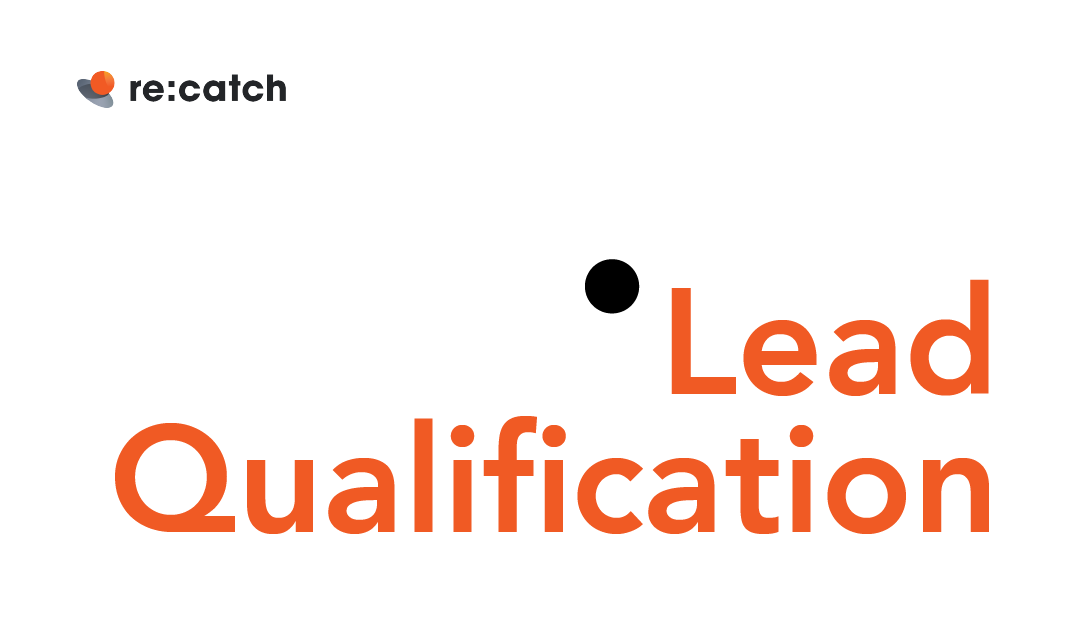5 Steps to Mastering Lead Qualification and Boosting Revenue
What is lead qualification?
If you want to decrease time-to-revenue and increase lead conversion, lead qualification plays a crucial role. In the highly competitive business landscape, it’s essential to identify and focus on sales qualified leads (SQLs) that are most likely to convert into paying customers. Not all leads that come in through your demo request page are going to be your ideal customers. Lead qualification involves assessing and analyzing leads based on specific criteria to determine their readiness for the sales process.
By effectively qualifying leads, businesses can save valuable time and resources by focusing their efforts on prospects with the highest potential for conversion. In this article, we will explore a step-by-step approach to lead qualification, equipping you with the knowledge and strategies to identify and nurture sales qualified leads effectively. By following these 5 simple steps, you will be able to complete sales lead qualification and increase your revenue.

Step 1: Establish Ideal Customer Profile
Before diving into the lead qualification process, it’s crucial to have a clear understanding of your ideal customer profile (ICP). Your ICP defines the characteristics, demographics, and behaviors of your target customers who are most likely to benefit from your product or service. By identifying and defining your ICP, you can create a framework to evaluate leads based on their alignment with your target customer. Consider factors such as industry, company size, job title, geographic location, and specific pain points relevant to your offering.
This step involves identifying the specific problems and obstacles that your potential customers are facing. By gaining insight into their pain points, you can determine whether your product or service is a suitable solution for them. Start by conducting research, analyzing customer feedback, and engaging with your target audience to uncover common pain points.
Once you have identified these pain points, incorporate relevant questions into your lead qualification process. These questions will help you gauge the severity of the challenges your leads are experiencing and assess whether your offering can effectively address their needs. By aligning your solution with their pain points, you can tailor your sales approach and focus on leads that are more likely to convert into satisfied customers.
Step 2: Create Effective Lead Scoring Criteria
After identifying your ICPs, you need lead scoring criteria to qualify prospects. This would enable businesses to prioritize and focus their efforts on leads with the highest potential for conversion. To create an effective lead scoring system, it is crucial to understand its purpose and how it aligns with your sales objectives.
Start by identifying the relevant data points and attributes that indicate a lead’s fit and engagement level. This includes demographic information, firmographics, and behavioral data such as website interactions and email engagement. Assign point values to each scoring criterion based on their significance and impact on lead quality.
Lead scoring criteria may vary based on your business and target audience. For instance, let’s consider an example for a B2B SaaS company. In this case, relevant lead scoring factors could include company size, industry, job title, engagement with website content, email click-through rates, and participation in webinars or demos. Assigning point values to these criteria allows you to prioritize leads that align with your ideal customer profile and exhibit higher levels of engagement.
By determining threshold scores for Sales Qualified Leads (SQLs), you can effectively separate and prioritize leads that are most likely to convert into customers. With a well-defined lead scoring system in place, your sales team can focus their efforts on leads that demonstrate the highest potential for success.
Step 3: Implement a Lead Nurturing Strategy
Lead nurturing plays a vital role in guiding prospects through the buyer’s journey and building relationships with them. To implement an effective lead nurturing strategy, it’s important to understand the importance of consistent engagement and relevant content. Personalization is key to capturing and maintaining the interest of your leads.
For example, if you have identified that a prospect is interested in social media marketing, you can send them targeted content such as a guide on social media advertising best practices or a case study highlighting successful social media campaign
Segment your leads based on their demographics, interests, and engagement level to deliver targeted content that addresses their specific needs and pain points. Utilize marketing automation tools to set up automated workflows and drip campaigns that deliver timely and personalized messages to your leads.
This could include educational resources, case studies, webinars, or product updates. Regularly evaluate the performance of your nurturing campaigns, analyze engagement metrics, and refine your content and messaging based on the feedback and interactions of your leads. By nurturing your leads effectively, you can stay top-of-mind, build trust, and increase the likelihood of conversion when the time is right.
Step 4: Conduct Lead Qualification Calls
When it comes to converting leads into sales qualified prospects, conducting timely qualification calls determines time-to-revenue. Time is of the essence, as prompt engagement with interested leads can significantly impact their conversion potential. It is essential to prioritize scheduling the initial call quickly to demonstrate your responsiveness and dedication to addressing their needs.
Additionally, leveraging lead routing can enhance the effectiveness of this step. By using lead qualification criteria to assign account executives or sales reps, you can ensure that the right person with the relevant expertise engages with each prospect. For example, if a lead has indicated a specific industry preference, you can route them to an account executive specializing in that industry, increasing the chances of a meaningful conversation and conversion.
There are tools like Re:catch that help with setting an automatic workflow to assign sales reps and account executives to calls based on lead qualification criteria. By utilizing these automation tools, you can save time manually assigning your sales team to qualify leads.
There are various lead routing methods available including round robin and geolocation based. However, in this case, rule-based routing where leads are assigned based on predefined rules and criteria derived from lead qualification scoring criteria. By combining prompt scheduling with intelligent lead routing, you can maximize your chances of success in qualifying leads and moving them further down the sales funnel.
Step 5: Analyze Data and Refine the Process
After conducting the four steps above, analyzing data and continuously refining the lead qualification process can help optimize sales performance and maximize conversion rates. This step involves tracking and monitoring key metrics, evaluating the effectiveness of lead qualification efforts, and making data-driven improvements. By leveraging analytics and insights, businesses can identify patterns, trends, and areas for improvement within their lead qualification process.
Tracking and monitoring lead performance metrics such as conversion rates, time-to-close, and lead quality indicators provide valuable insights into the effectiveness of the qualification process. By analyzing these metrics, you can identify bottlenecks, areas of improvement, and potential gaps in your process.
For example, if certain lead sources consistently yield higher conversion rates, you can allocate more resources and focus on acquiring leads from those channels. Conversely, if certain qualification criteria consistently lead to lower conversion rates, you can reassess their relevance and adjust the scoring factors accordingly.
Iterating and optimizing the lead qualification process involves making data-driven adjustments based on the insights gained from analysis. This may include revisiting lead scoring criteria, refining qualification questions, or fine-tuning the lead nurturing strategy. Regularly reviewing and updating the process ensures that it remains aligned with changing market dynamics and customer preferences.
Qualify Your Leads Now and Boost Your Revenue
The process of lead qualification is a critical component of a successful sales strategy. By following the five steps outlined in this article—establishing an ICP, creating lead scoring criteria, implementing lead nurturing, conducting qualification calls, and analyzing data—you can enhance your sales pipeline and increase your chances of closing deals with high-quality leads.
Through effective lead qualification, you can focus your resources and efforts on the most promising prospects and decrease time-to-revenue, improving conversion rates and driving revenue growth. Don’t delay; start implementing these steps today to unlock the full potential of your sales process and achieve sustainable business success.







